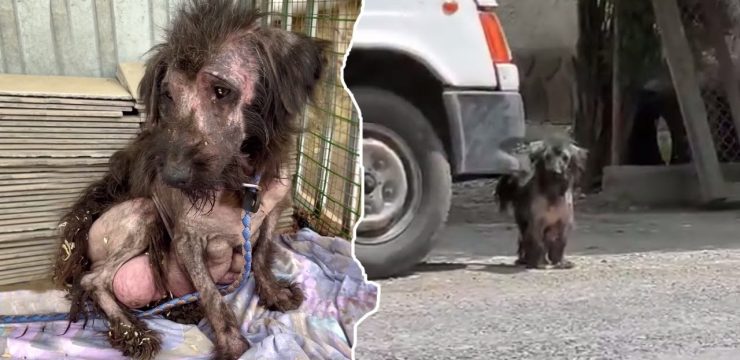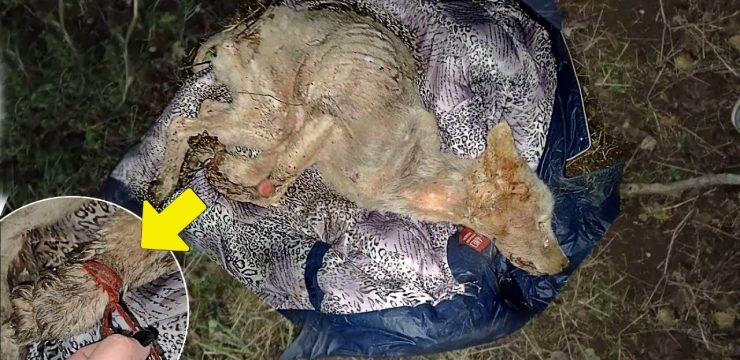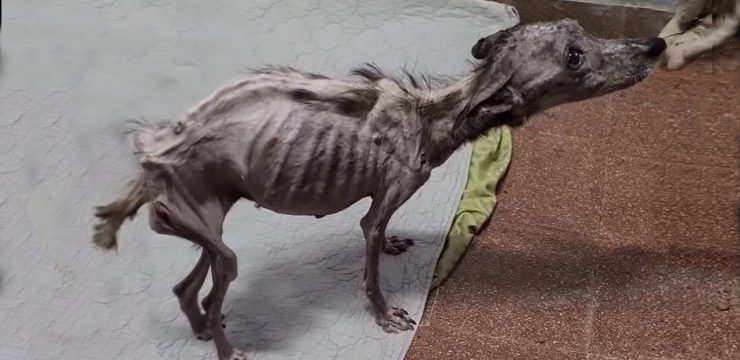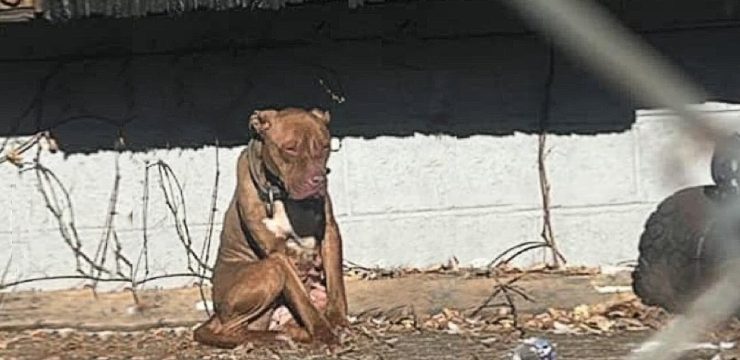Gallbladder removal is one of the most common surgeries performed today, especially among people dealing with gallstones or gallbladder disease. Though the procedure itself is typically straightforward, many wonder how their body will respond once this small but mighty organ is no longer part of their system. It may be tiny, but the gallbladder plays a significant role in digestion, particularly in breaking down fats. This pear-shaped organ, located beneath the liver, stores bile—a digestive fluid made by the liver. When you eat, especially fatty foods, the gallbladder releases bile into your small intestine to help with digestion.
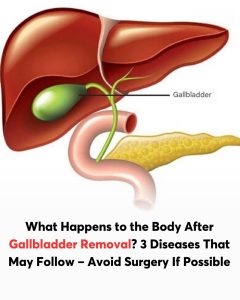
Before exploring what happens after gallbladder removal, it’s helpful to understand why people undergo this surgery in the first place. Common gallbladder issues can create significant discomfort and health risks. Gallstones, for example, are among the most frequent problems. These small, stone-like deposits form from materials in bile and can range in size from tiny grains to large stones. While many people with gallstones experience no symptoms, some develop intense pain, nausea, or inflammation if the stones block the bile ducts.
Another serious condition is cholecystitis, which occurs when a gallstone gets stuck, preventing bile from flowing and causing inflammation in the gallbladder. This can lead to sharp pain, fever, and even infection, often requiring prompt medical treatment or surgery. Additionally, gallstone pancreatitis can arise when a gallstone blocks the pancreatic duct, leading to painful pancreatic inflammation. Though rare, gallbladder cancer is also a potential issue. It’s often hard to detect in its early stages but can cause symptoms similar to more common gallbladder problems, such as pain in the upper right abdomen.
So, how do you know if your gallbladder is in trouble? The signs can vary but often include pain in the upper right or middle part of your abdomen, especially after eating fatty meals. This pain may radiate to your right shoulder or back. Other symptoms include jaundice (yellowing of the skin and eyes), nausea, vomiting, fever, chills, light-brown urine, and pale-colored stools. These symptoms should not be ignored and should be checked by a healthcare provider to determine the appropriate course of action.
When the gallbladder is removed, your liver continues to produce bile. However, without the gallbladder to store it, bile flows continuously into your digestive system rather than being released in response to meals. Most people adjust well to this change, and digestion continues without major issues. That said, some individuals may experience temporary digestive challenges as their body adapts. One of the most noticeable changes is how your body handles fatty foods. Immediately after surgery, eating high-fat meals can lead to discomfort since the constant drip of bile isn’t as efficient at processing large amounts of fat all at once. Some people may experience bile acid diarrhea, where excess bile irritates the intestines, causing frequent or loose stools.
Additionally, bloating and gas are fairly common in the early weeks after surgery. This is your digestive system’s way of adjusting to the new bile flow. To manage these issues, doctors often recommend eating smaller, more frequent meals and focusing on foods that are easy to digest—think lean proteins, whole grains, and fiber-rich fruits and vegetables. Over time, most people find their digestion improves, and they can return to their normal diet with only a few adjustments.
Although there’s no strict post-surgery diet, some eating habits can make recovery smoother. Experts suggest steering clear of fatty, fried, or greasy foods during the first week or so after surgery. High-fat meals and rich sauces can make digestion harder and may increase the likelihood of discomfort. Incorporating more fiber into your diet can help promote regular bowel movements and reduce bloating. Staying hydrated is also essential, especially if you’re dealing with diarrhea. Water, herbal teas, and broths rich in electrolytes can help replenish fluids and maintain balance in your body.
Certain foods may aggravate digestive symptoms in the early stages of recovery, so it’s wise to limit caffeine, dairy, and sugary snacks. Many doctors recommend starting with a light diet—clear liquids and bland foods—and then gradually adding in more variety as your body adjusts. Smaller portion sizes and balanced meals can go a long way toward making digestion easier. While it may take some trial and error, most people find a rhythm that works for them.
The encouraging news is that the vast majority of individuals live perfectly normal, healthy lives after gallbladder removal. Your body is remarkably adaptable, and although digestion might feel a bit different at first, these changes usually fade with time. Many people report feeling better than they did before surgery, especially if they had been struggling with chronic gallbladder pain or recurring attacks. With a few dietary tweaks and a little patience, life without a gallbladder becomes the new normal.
If you’ve had your gallbladder removed, or are preparing for the surgery, your experience and insights could help others. Please feel free to share your tips for a smooth recovery in the comments below. Your advice might make someone’s journey easier. And if you found this article helpful, don’t hesitate to share it with friends or family who might benefit.
